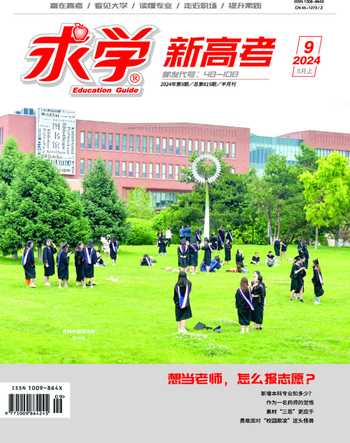婴儿是如何学习单词的?人工智能实验带你一探究竟
谢钰洪
After being fed dozens of hours of video of a growing child exploring his world, an artificial intelligence model could more often than not associate words—ball, cat and car, among others—with their images, researchers report in the Feb. 2 Science. This AI feat, the team says, offers a new window into the mysterious ways that humans learn words.
The new model keeps things simple, and small — a departure from many of the large language models, or LLMs, that underlie todays chatbots. Those models learned to talk from enormous pools of data. But thats not how humans learn words. “The input to a child isnt the entire internet like some of these LLMs. Its their parents and whats being provided to them,” Vong says.
To narrow the inputs down from the entirety of the internet, Vong and his colleagues trained an AI program with the actual experiences of a real child, an Australian baby named Sam. The researchers AI program — a type called a neural network — used about 60 hours of Sams recorded experiences, connecting objects in Sams videos to the words he heard caregivers speak as he saw them. The researchers gave the model a word— crib, for instance. Then the model was asked to find the picture that contained a crib from a group of four pictures. The model landed on the right answer about 62 percent of the time. Random guessing would have yielded correct answers 25 percent of the time.
To see how well an AI program learned words from video and audio input, researchers used a test like this one. From each set of four images, the model had to identify the one image that contained a specific object. In multiple tests of a set of 22 words, the model chose the right object more than 60 percent of the time.
Some ideas of language learning hold that humans are born with specialized knowledge that allows us to soak up words, says Evan Kidd, a psycholinguist who was not involved in the study. The new work, he says, is “an elegant demonstration of how infants may not necessarily need a lot of in-built specialized cognitive mechanisms to begin the process of word learning.”
(材料來自Sciencenews 网站,有删改)
1. What can we learn about the AI model from the first two paragraphs?
A. It played a role in the babys growth.
B. Its a machine accessible to children.
C. It is based on current large language models.
D. It holds clues for humans language learning.
2. Why was an Australian babys experience used?
A. To reduce the data scale.
B. To stress the unique training.
C. To show the authentic learning process.
D. To increase the accuracy and credibility.
3. What was the model supposed to do in the study?
A. Find the image of a crib.
B. Learn new words like a baby.
C. Match pictures with correct words.
D. Analyse a babys learning pattern.
4. Whats Evan Kidds attitude toward the study?
A. Unclear.B. Approving.
C. Dismissive. D. Tolerant.
1. D。解析:細节理解题。材料第一段提到“该团队表示,这一人工智能壮举为了解人类学习单词的神秘方式提供了一扇新的窗口”,由此可知,这个AI模型有助于人们了解人类如何学习词汇。D选项“它为人类的语言学习提供了线索”与材料内容相符,故选D。
2. A。解析:细节理解题。材料第三段的第一句提到“为了缩小整个互联网的输入范围,Vong和他的同事们用一个真正的孩子,一个名叫Sam的澳大利亚婴儿的实际经历测试了一个人工智能程序”,由此可知,使用一个名叫Sam的澳大利亚婴儿的实际经历是为了缩小数据范围。A选项“缩小数据范围”与材料内容相符,故选A。
3. C。解析:细节理解题。材料第三段的倒数第二、三句提到“例如,研究人员给这个模型提供了一个词——婴儿床。然后,该模型被要求从四张照片中找到一张包含婴儿床的照片”,因此C选项“将图片与正确的单词匹配”与材料内容相符,故选C。
4. B。解析:观点态度题。材料第五段的最后一句提到“他说,这项新工作优雅地展示了婴儿不一定需要大量内置的专业认知机制来开始单词学习过程”,说明Kidd认可该项研究。B选项“同意的”与材料内容相符,故选B。

